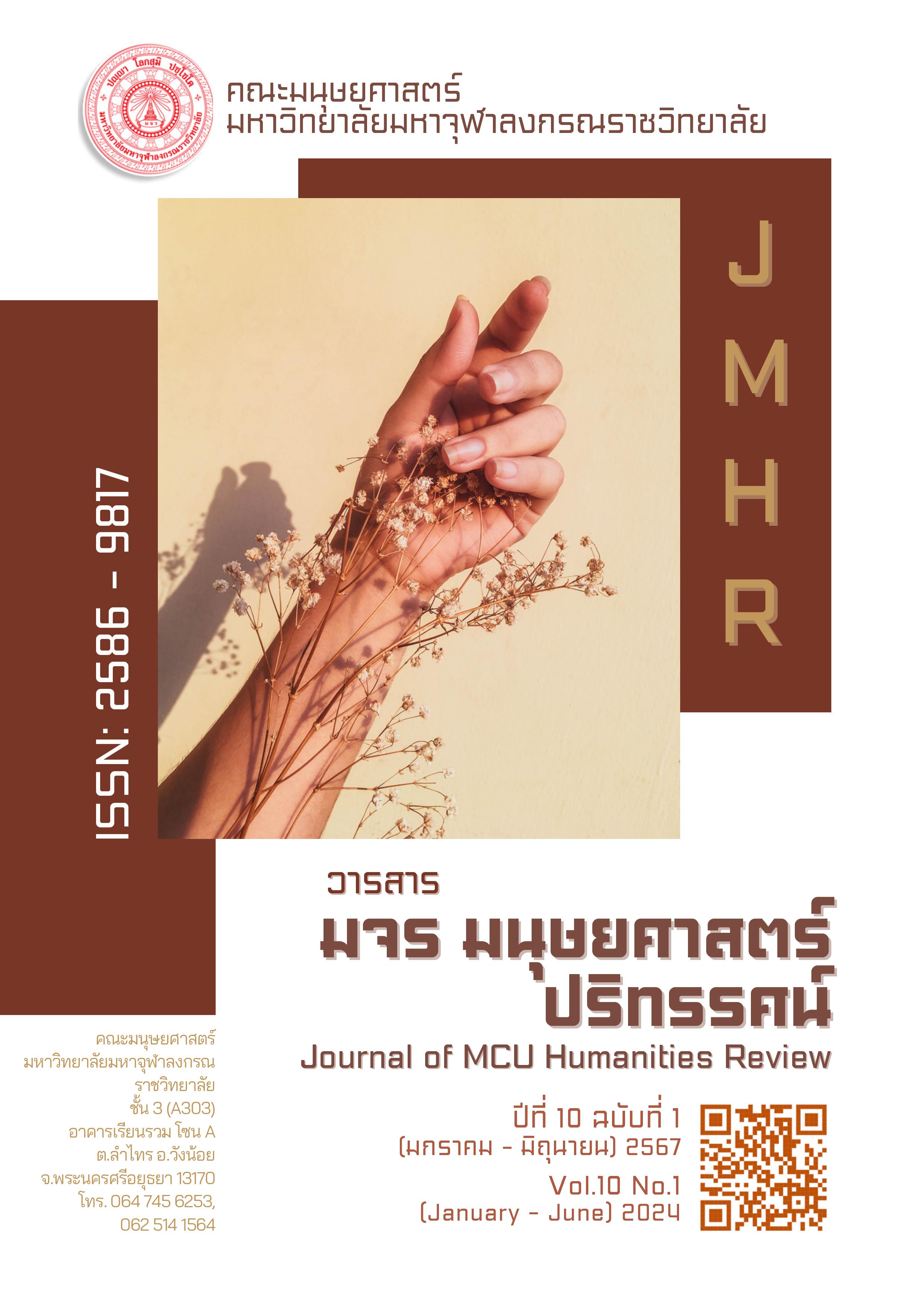Rhetorical Strategies and Political Persuasion: An Analysis of Discourse Markers in Pita Limcharoenrat's Speeches in Four Election Campaigns
คำสำคัญ:
Discourse Markers, Rhetorical Strategies, Political Persuasionบทคัดย่อ
-
เอกสารอ้างอิง
Abusalim, N., Zidouni, S., Alghazo, S., Rababah, G., & Rayyan, M. (2022). Textual and interpersonal metadiscourse markers in political discourse: A case study. Journal of Political Discourse Analysis, 14(1), 75-92.
Ali, A., Rashid, A., & Abbas, S. (2020). Metadiscourse markers in political discourse: A corpus-assisted study of hedges and boosters in Benazir Bhutto's speeches. doi:10.31703/GSSR.2020(V-III).06
Mai, H. (2016). An intercultural analysis of meta-discourse markers as persuasive power in chinese and american political speeches. International Journal of Language and Linguistics, 4(6), 13-22.
Ni’ma RASHID, B. (2020). Discourse Markers in Selected Political Speeches: a Descriptive Analysis. Journal of Current Researches on Social Sciences, 10(10 (4)), 891–920. doi.org/10.26579/jocress.436
Rasheed, E. (2019). Discourse markers in political speeches. Journal of Applied Linguistics, 27(1), 15-30.
Srichanyachon, N. (2012). Teacher questions in English classrooms: What lies beyond them? Journal of Education and Practice, 3(12), 42-56.
Sukhovetska, L. (2021). Lingual markers of precedent strategy in everyday English political discourse. Philological Treatises, 13(1), 259- 265.
Zand-Moghadam, A., & Bikineh, L. (2015). Discourse markers in political interviews: A contrastive study of Persian and English. Language and Translation Studies, 48(3), 19-34.
Rotar, N. (2022). Transformation of markers of the deliberative democracy theory in modern political science. Mediaforum : Analytics, Forecasts, Information Management, 10, 2542. https://doi.org/10.31861/mediaforum.2022.10.25-42
Thuube, L., & Ekanjume-Ilongo, B. (2017). Media and the understanding of political discourse. Media Studies Journal, 31(4), 19-34.
Amir Zand-Moghadam, & Bikineh, L. (2015). Discourse markers in political interviews: A contrastive study of Persian and English. International Journal of Society, Culture & Language, 3(1), 47–61.
Redeker G. (1991). Linguistic markers of discourse structure. Linguistics,29(6):1139-1172 doi:10.1515/ling.1991.29.6.1139
Schiffrin, D. (1987). Discourse Markers. Cambridge University Press. doi.org/10.1017/CBO9780511611841
Hyland, K. (1990). A Genre Description of the Argumentative Essay. RELC Journal, 21(1):66-78 doi:10.1177/003368829002100105
ดาวน์โหลด
เผยแพร่แล้ว
รูปแบบการอ้างอิง
ฉบับ
ประเภทบทความ
หมวดหมู่
สัญญาอนุญาต
ลิขสิทธิ์ (c) 2024 วารสาร มจร มนุษยศาสตร์ปริทรรศน์

อนุญาตภายใต้เงื่อนไข Creative Commons Attribution-NonCommercial-NoDerivatives 4.0 International License.






